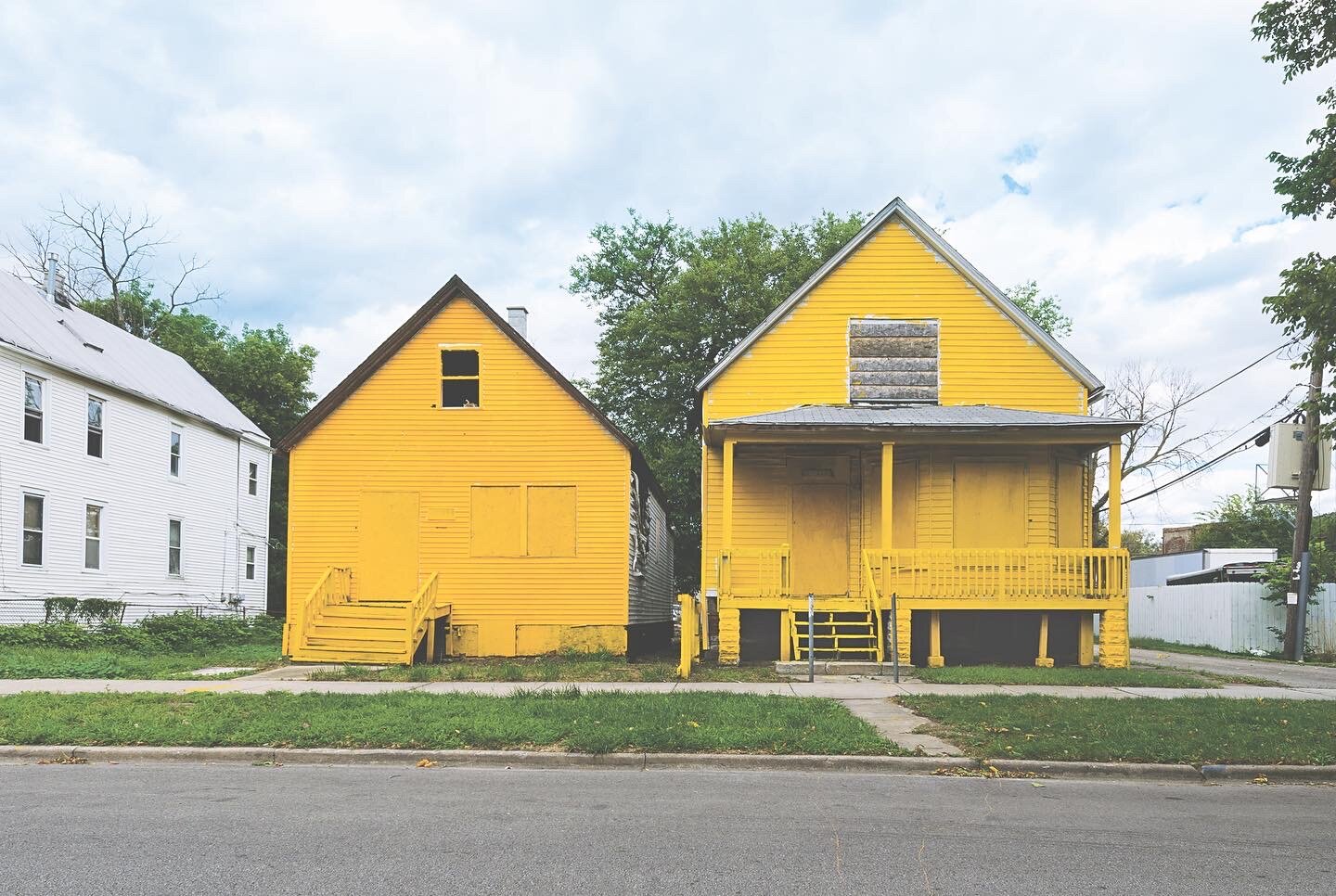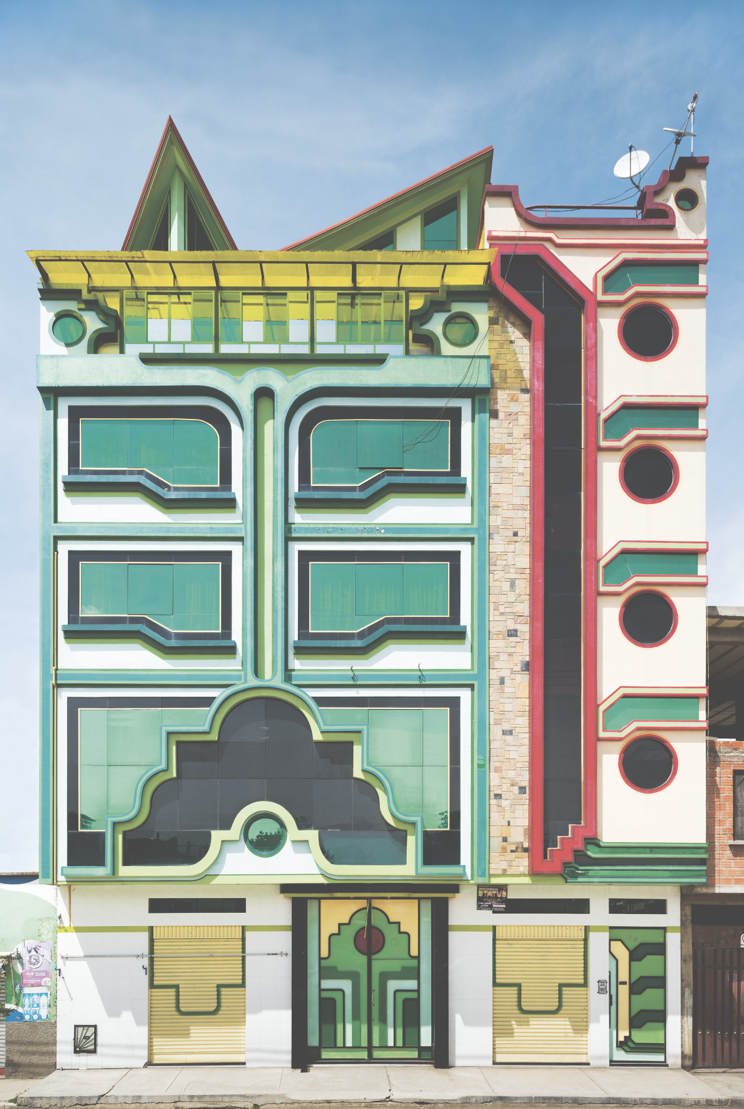In times like these, when the very citadels of power, classic structures that represent endurance and impermeability are breached (see, the reality show the Capitol), it is hard to imagine what buildings, or indeed the built environment can do to save us.
@beatricegalilee, a former Metropolitan Museum curator, current doyenne of @TheWorldAround summit coming next week at the @Guggenheim (where there is already @rem.koolhaas's around-the-ramps nod to similar questions of rebirth and durability, Countryside) takes a stab at figuring all this out in her new uber compendium, Radical Architecture of the Future from @phaidonsnaps. Grazing as Koolhaas does over film, installations journalism, apps, and VR, the book is a good primer into what architects, designers, filmmakers and researchers are or have been thinking about. In highlighting 79 completed projects by visionaries, insiders, radicals, breakthroughs and masterminds, she aims to give an overview of possibilities. Though I've seen many of the projects before at various design fairs and biennials and written about some, it's great fun to see the aggregate of what these geniuses have been getting up to.
Cross disciplinary thinking is now endemic to all professions not just design and architecture (hello: writers, poets, filmmakers, tech gurus, health and wellness guides), but a building or a street has more 'there-there' than most other fields, a permanence that gives the work of these creators a life span that many other fields just cannot claim. (However: I saw the @marchingcobrasofny in their last performance in NY. This is my kind of radical architecture. And @unnoficialkazuyosejima's yellow commuter train! And @BekaLemoine’s original films)
Once upon a time I was a devotee of Superstudio whose radical thinking is eerily similar to projects in this book. These hip Italian iconoclasts were already warning us to be prepared to give up our washing machines and jewelry in the sixties, to live on a grid but off the grid, to find love and happiness without possessions in a new communal, environmentally conscious way. Sixty years later, we are still trying to figure this out.

